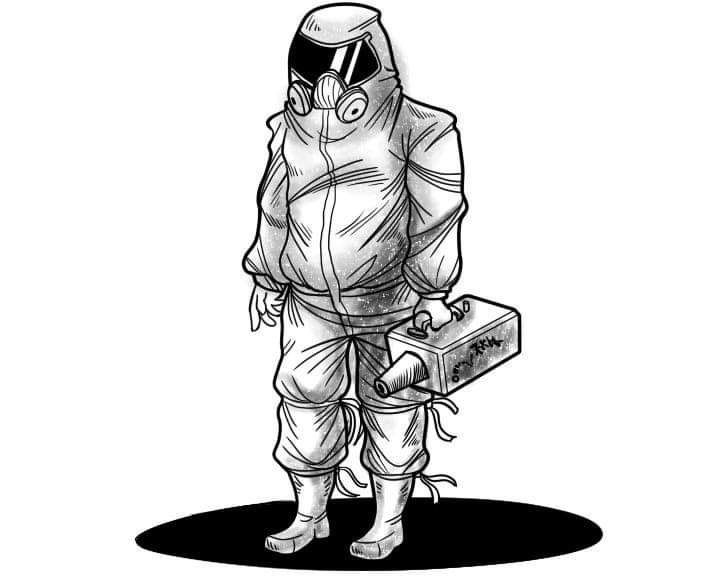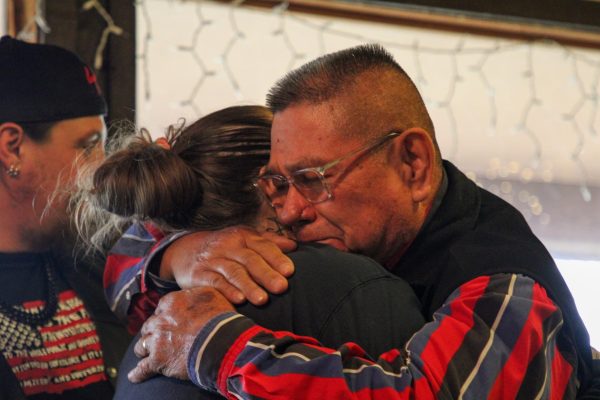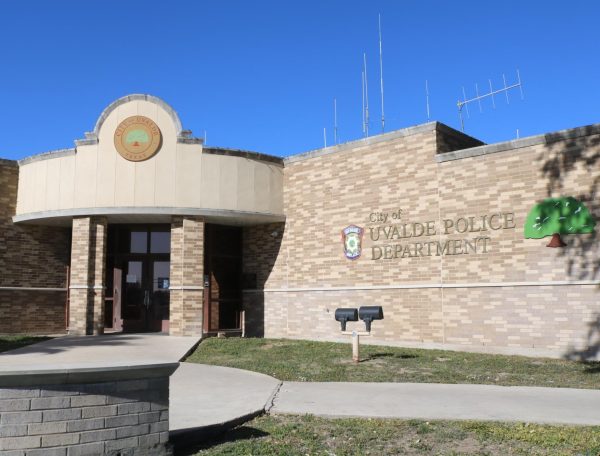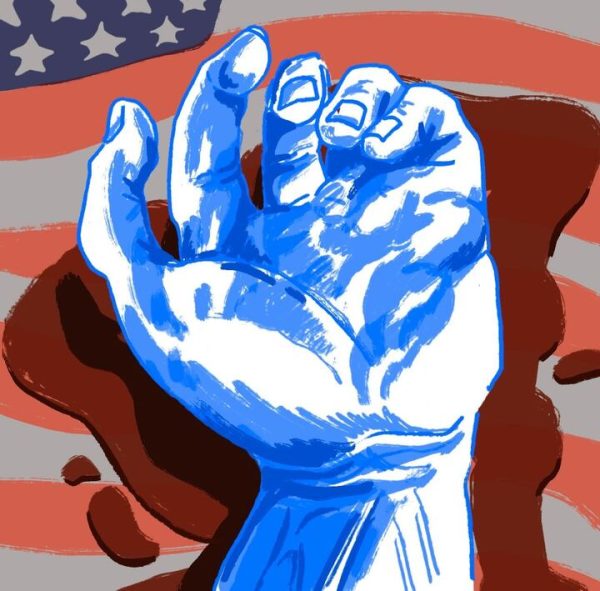Coronavirus explained
February 16, 2020
A coronavirus is a family of different types of viruses that infects birds and mammals, including humans. Introduced to the World Health Organization in December of last year and renamed COVID-19 on Feb. 11, this strain of coronavirus has become the newest global threat.
On Dec. 31, 2019 the World Health Organization was notified of an illness much like pneumonia originating in Wuhan, China. Starting with just a few cases in a small city, the virus has spread to 42,000 all over China and 307 reported cases in other countries as of Feb. 11, according to a live update from The New York Times.
How deadly is the coronavirus? Much is still unknown about the virus, but here’s what we do know:
Where did it begin?
According to the World Health Organization, the coronavirus started in a seafood black market in Wuhan. This market sold wild animals such as rabbits, birds and snakes. While the claim is that the virus came from bats, another yet-to-be-identified animal is the key factor in how the virus was transmitted to humans.
Have there been other viruses like this one?
The newest coronavirus is not the first. These troubling viruses normally begin with animal hosts and make their way to humans. Severe Acute Respiratory Syndrome (SARS) and Middle East Respiratory Syndrome (MERS) are both deadly viruses that arose from camels and bats. Originating in China, SARS spread to over 8,000 people and killed almost 1,000. MERS started in Saudia Arabia and infected around 3,000 people.
What are the symptoms?
Reported illnesses have varied from no symptoms at all to sore throat, coughing and shortness of breath, sometimes cause upper respiratory infections such as pneumonia.
How does it spread?
The virus can spread person-to-person through close contact, about six feet or less. It mainly occurs through respiratory droplets, and the infected person may contaminate an area after coughing or sneezing. It is still unclear whether or not the virus can be spread from physical contact unless the droplets are located on the surface of an area.
How can I prevent getting the virus?
According to the Centers for Disease Control and Prevention, there is no way to cure the virus. Therefore, the only way to prevent it is to avoid contact with someone who is infected.
While the coronavirus is plaguing social media as the new thing to worry about, the virus is not as harmful as it seems. The fatality rate is approximately 2% according to the CDC, so there’s no need to go underground and hide. It is important to wash your hands and take vitamins this season because more illnesses are going around than just the coronavirus.










